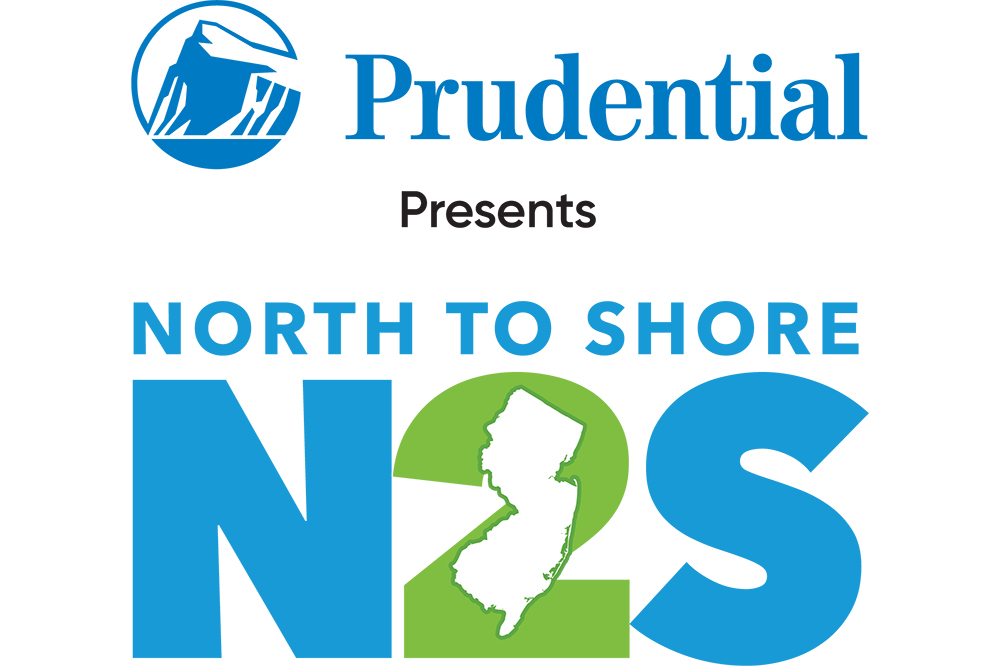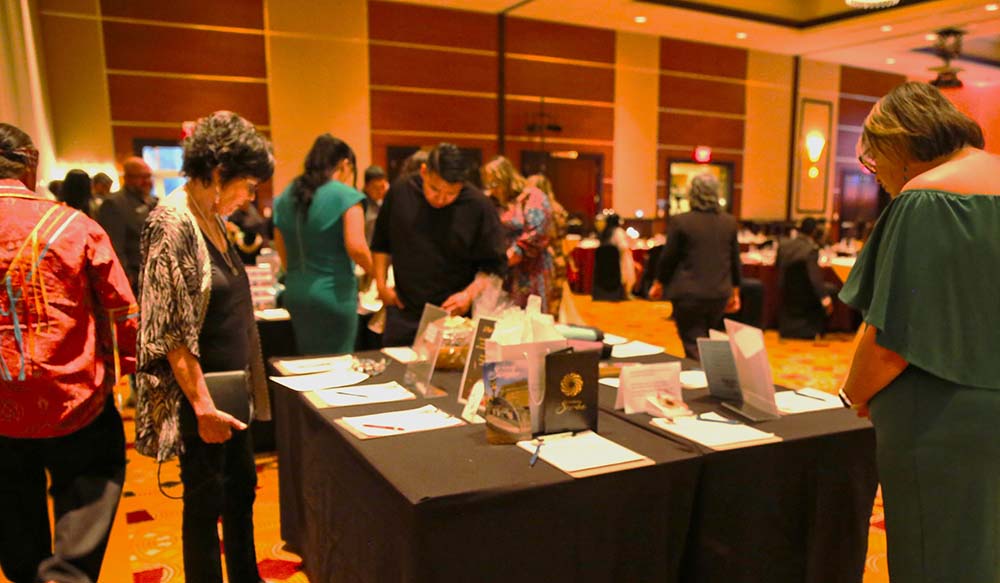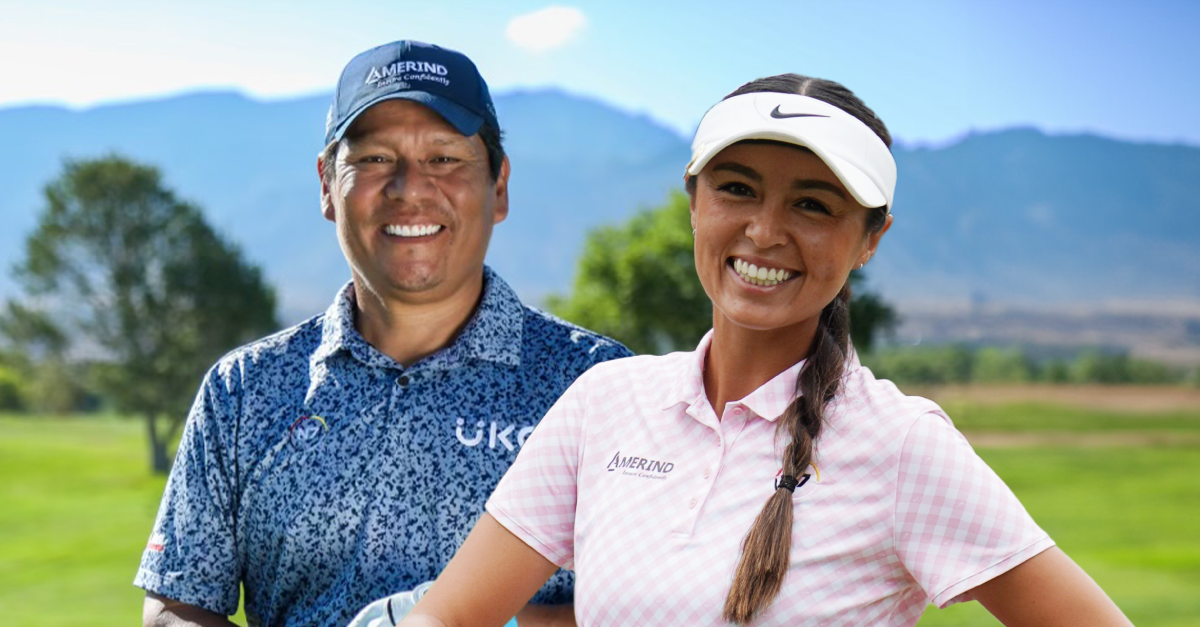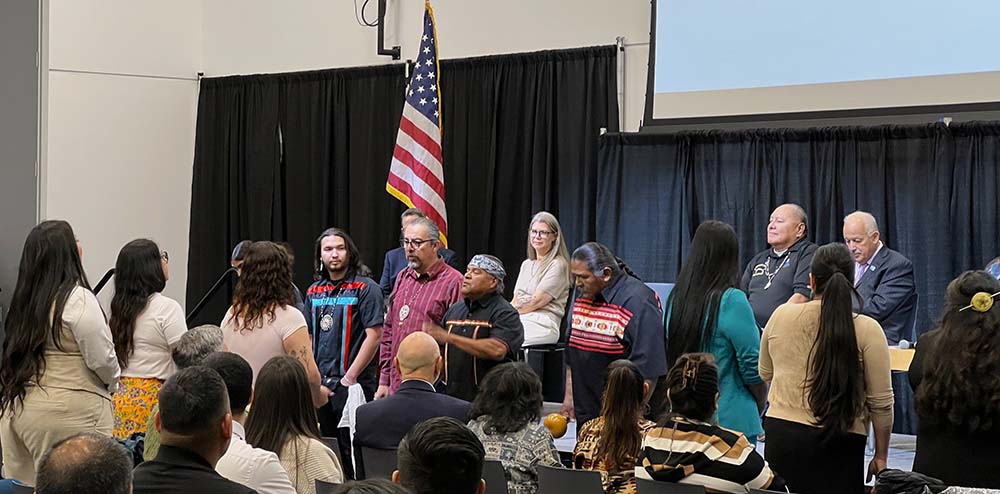Sponsored Content
- Type: Default
- Ad Visibility: Show Article Ads
- Reader Survey Question: No Question
- Video Poster: https://nativenewsonline.net/images/10_Years_Logo.png
In a powerful novel aimed at readers 13 and up, author K. A. Cobell (Blackfeet) weaves loss, betrayal, and complex characters into a thriller that will illuminate, surprise, and engage readers until the final word.
- Details
- By Harper Collins
- Type: Default
- Ad Visibility: Show Article Ads
- Reader Survey Question: No Question
- Video Poster: https://nativenewsonline.net/images/10_Years_Logo.png
AITC, scheduled for October 28-31, 2024, at Paragon Casino Resort, is organized by the American Indian Alaska Native Tourism Association and will be held on the tribal homelands of the Tunica-Biloxi Tribe of Louisiana in Marksville, Louisiana
- Details
- By American Indian Alaska Native Tourism Association
- Type: Default
- Ad Visibility: Show Article Ads
- Reader Survey Question: No Question
- Video Poster: https://nativenewsonline.net/images/10_Years_Logo.png
New Jersey might be a little state, but there’s a lotta wow to go around. And the Garden State doesn’t want you to miss a thing! From beach wows to top-of-the-mountain wows, casino wows and every wow in between. See what your wow will be in the great little state of New Jersey.
- Details
- By Wow, Visit NJ
- Type: Default
- Ad Visibility: Show Article Ads
- Reader Survey Question: No Question
- Video Poster: https://nativenewsonline.net/images/10_Years_Logo.png
The Ute Indian Housing Authority (UIHA), Fort Duchesne, Utah intends to identify and select interested accounting/auditing firms that provide auditing services specifically for Indian Housing Authorities or Tribally Designated Housing Entities as defined in the Native American Housing Assistance and Self-Determination Act of 1996 (NAHASDA). The Auditor must be responsible, qualified, and must be able to perform the audit in accordance with the requirements of the Single Audit Act. The successful firm will be offered a 1 year service contract with a cost limit to be determined by UIHA. This Request for Proposals (RFP) is not an Invitation for Bid but a written proposal addressing the services listed.
- Details
- By UTE Indian Housing Authority
- Type: Default
- Ad Visibility: Show Article Ads
- Reader Survey Question: No Question
- Video Poster: https://nativenewsonline.net/images/10_Years_Logo.png
California Indian Nations College (CINC) has been dedicated to its preparation for their highly anticipated 2nd Annual Fire Gala. The Gala, a fundraising initiative, is scheduled to take place on Friday, May 17, 2024, between the hours of 6-9PM, at the stunning Agua Caliente Resort Casino Spa Rancho Mirage, this event is sure to be an evening to remember.
- Details
- By California Indian Nations College
- Type: Default
- Ad Visibility: Show Article Ads
- Reader Survey Question: No Question
- Video Poster: https://nativenewsonline.net/images/10_Years_Logo.png
With a dedicated and sincere effort to pursue your passions, you can spark change and empower others to reach their fullest potential.
- Details
- By Amerind
- Type: Default
- Ad Visibility: Show Article Ads
- Reader Survey Question: No Question
- Video Poster: https://nativenewsonline.net/images/10_Years_Logo.png
California Indian Nations College (CINC), in collaboration with Kumeyaay Community College (KCC) and the White House Initiative on Advancing Educational Equity, Excellence, and Economic Opportunity for Native Americans and Strengthening Tribal Colleges and Universities (White House Initiative), hosted its inaugural Native American/Indigenous Education Summit on March 22-23, 2024. The event took place inside the Santos Manuel Student Union Building at California State University of San Bernardino (CSUSB).
- Details
- By California Indian Nations College
- Type: Default
- Ad Visibility: Show Article Ads
- Reader Survey Question: No Question
- Video Poster: https://nativenewsonline.net/images/10_Years_Logo.png
Growing up Native can be hard. Because my skin was dark, in second grade kids told me, “You look dirty.” I felt different, like I didn’t belong.
- Details
- By HarperCollins
- Type: Default
- Ad Visibility: Show Article Ads
- Reader Survey Question: No Question
- Video Poster: https://nativenewsonline.net/images/10_Years_Logo.png
The list of fiscally-sound, shovel-ready economic development projects in Indian Country is long. What’s always in short supply is available capital to finance development. Minnesota-based Indian Land Capital Company (ilcc.net) was formed to help address that need. Founded in 2005 by the nonprofit Indian Land Tenure Foundation (iltf.org), ILCC is a Certified Native Community Development Financial Institution (CDFI) that provides flexible financing to tribes and tribal enterprises.
- Details
- By Indian Land Capital Company









